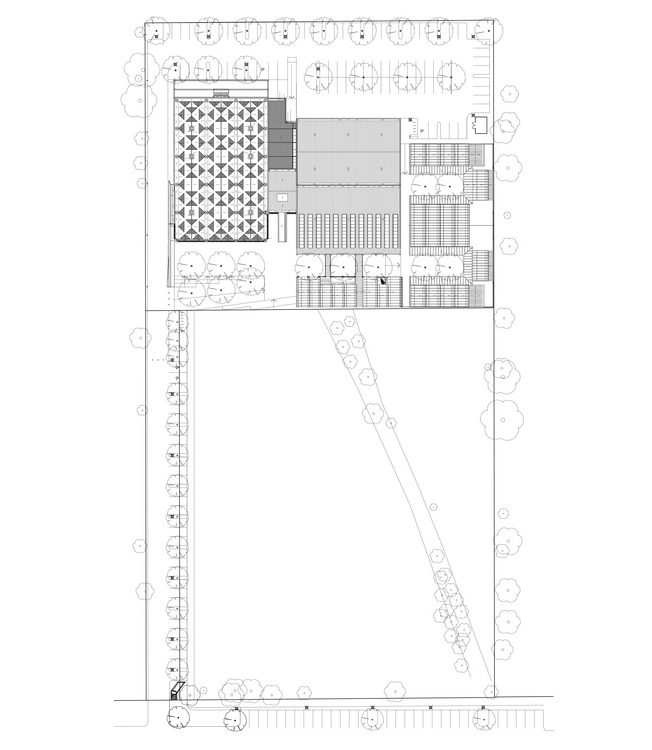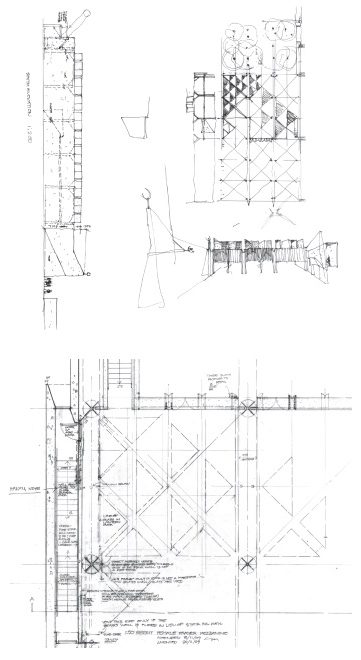Architecture
Australian Islamic Centre and MPavilion make list of world’s top cultural buildings
The AIC adopts Murcutt’s ethos of design; contextualising a building to ensure it maximises its climatic conditions. The AIC blends harmoniously with context. A Masjid does not require a specific aesthetic for it to serve its purpose as a place for prayer. It can adopt local forms in a non-Islamic context and in no regard will it minimise any reward of congregation.


Murcutt’s ‘extraordinary enlightenment’: Australian Islamic Centre
Some members of the Islamic community questioned Murcutt’s proposal to eliminate the minaret as a symbol of the faith. He states that: “Although it had been the place for the calling of prayers, that was not likely to happen today in Australia.” The purpose of the minaret is to make a call to prayer, the adhan. It may be compared to the traditional role of church bells, the sound of which in the modern world tends to be a little more than an echo of a long distant past. The adhan, however, is still as much a part of the culture of Muslims today as it was for past generations, however, its announcement in a Western context is purely internal- avoiding disruption to local communities of a different faith. The minaret isn’t necessary in a Western context, as its function cannot be utilised. Putting the minaret into context is important to ensure the Masjid develops as it was first intended- to allow the form to follow the function.
